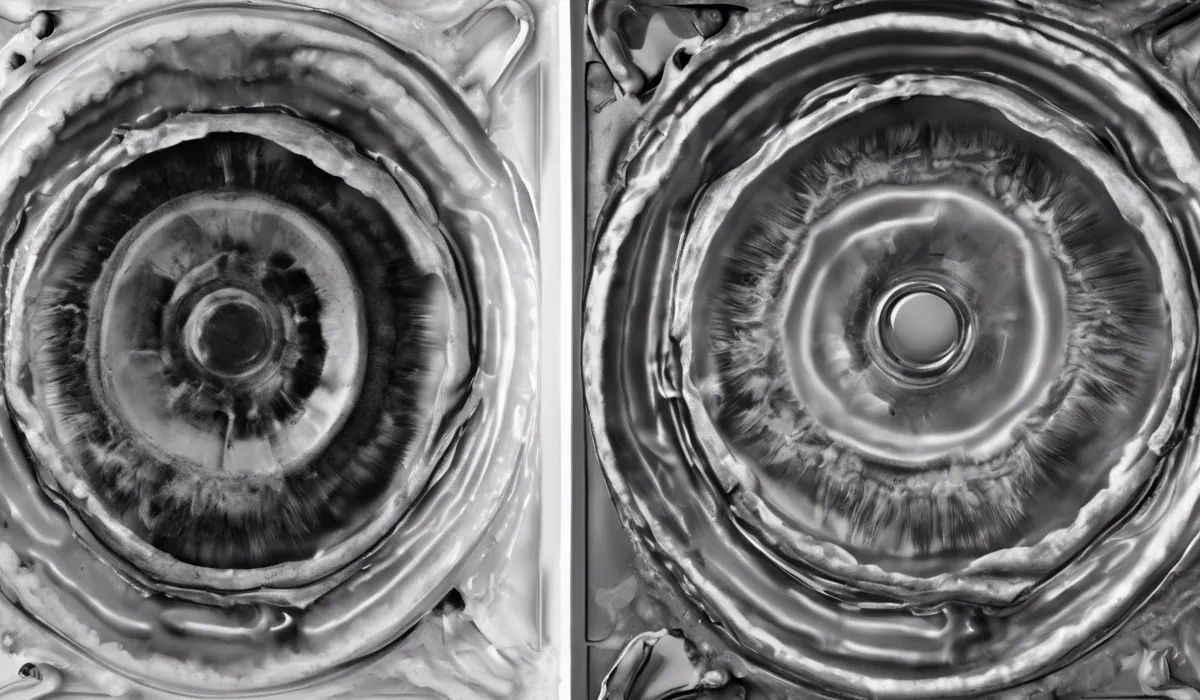Stachybotrys chartarum, commonly known as black mold, is considered the most dangerous mold due to its ability to produce mycotoxins, which can cause serious health issues when inhaled.
Understanding Mold Types and Risks

Definition and Role of Mold in Nature
Mold is a type of fungus that plays a crucial role in the environment. It helps break down dead organic matter, recycling nutrients back into the ecosystem.
Mold reproduces through tiny spores that travel through the air, which is how it spreads.
Common Indoor Mold Varieties
Several mold species are commonly found indoors, including Cladosporium, Penicillium, Alternaria, and Aspergillus.
These molds can appear in various colors and thrive in moist, warm environments.
How Mold Infests Our Homes?
Mold growth in homes is often the result of excessive moisture. This can come from leaks, poor ventilation, or high humidity.
Mold spores settle on damp surfaces and start to grow, often in hidden areas like behind walls or under floors.
Health Risks from Mold Exposure
Exposure to mold can lead to health issues, especially for those with allergies, asthma, or compromised immune systems.
Symptoms can include coughing, sneezing, eye irritation, and in severe cases, lung infections.
Identifying the Most Dangerous Molds

Toxic Mold Species Characteristics
Toxic molds produce harmful substances called mycotoxins. These molds can be more dangerous than other types, causing serious health problems when people are exposed to them over time.
Stachybotrys chartarum The Black Menace
Stachybotrys chartarum, or black mold, is notorious for its severe toxicity. It produces mycotoxins that can cause respiratory issues, fatigue, and even neurological problems if inhaled in large quantities.
Aspergillus: A Fungal Foe
Aspergillus is a genus of mold with several species that can be found indoors. Some of these species can lead to aspergillosis, an infection that can be life-threatening, particularly for those with weakened immune systems.
Chaetomium and Fusarium Rarer but Risky
Chaetomium and Fusarium are less common molds that can still pose significant health risks.
They have been associated with skin infections, allergies, and more serious illnesses when people come into contact with them.
Prevention and Remediation Strategies

Strategies to Halt Mold Growth
To prevent mold growth, it’s crucial to control humidity levels, fix leaks promptly, and ensure that your home has adequate ventilation.
Moisture and Ventilation: Key Mold Combatants
Keeping your home dry and well-ventilated are the best ways to prevent mold. Use dehumidifiers and exhaust fans to help reduce moisture.
Recognizing When Professional Help Is Needed
If you spot large areas of mold or experience water damage, it might be time to call in a professional.
They can assess the situation and decide the best course of action for mold removal.
Guidelines for Safe Mold Cleanup
For small mold problems, you can clean the area with soap and water or a mold-killing product.
Always wear protective gear to avoid inhaling spores. For larger issues, it’s safer to rely on professional services.
FAQs About the Most Dangerous Mold
What is the most dangerous type of mold found in homes?
Stachybotrys chartarum, also known as black mold, is considered the most dangerous type of mold typically found in homes due to its production of toxic mycotoxins.
Why is Stachybotrys chartarum considered dangerous?
Stachybotrys chartarum is considered dangerous because it produces mycotoxins that can lead to serious health issues when inhaled, including respiratory problems and allergic reactions.
What are the health risks associated with black mold exposure?
Exposure to black mold can cause a range of health issues, including chronic coughing, sneezing, irritation of the eyes and skin, persistent headaches, and in severe cases, neurological problems and immune system suppression.
Can black mold be found in all buildings?
Black mold can potentially be found in any building, especially those with high humidity levels, water damage, or inadequate ventilation, but it is not present in all buildings.
How can I identify Stachybotrys chartarum in my home?
Stachybotrys chartarum can be identified by its distinctive black or dark green color and slimy texture; however, accurate identification typically requires a professional mold inspection and laboratory analysis.
Final Thoughts
Stachybotrys chartarum, known as black mold, stands out as the most dangerous mold due to its production of potent mycotoxins.
These toxins pose significant health risks, especially when inhaled, leading to various serious conditions. Awareness and prompt remediation are crucial for maintaining a safe environment.
